At a Glance
Quick Tips
- Plan your transportation and lodging options around the season and species you will be hunting
- Bear fences can be a good idea for camps
- Rain gear is a necessity


This large unit is found in south central Alaska and features a wide array of terrain types. A wide array of species can be hunted throughout the unit with multiple options for hunting experiences. Because of its proximity to Anchorage, this area sees a healthy amount of hunting pressure and trophy potentials are generally lower than some surrounding units. Good access options exist through the area as well as a decent highway system that can provide hunting options for a number of areas.
Good hunting can be found here but escaping hunting pressure can be difficult and trophy potentials tend to be slightly lower than some of the surrounding units. Resident hunters spend a great deal of time in this unit.
This area features a diverse terrain makeup and is largely split east and west. The eastern end of the unit is largely made up large expansive flats with several rivers, streams, and a healthy supply of lakes and ponds. This area is heavily vegetated in spots and can be difficult to glass due to a lack of elevation change. The Talkeetna mountains and their surrounding foothills make up the majority of the western side of the unit and provide more rugged hunting areas where sheep thrive well. With the exception of a few river bottoms, this area is mostly void of any major vegetation and glassing and cross country travel options are great.
A good road system out of Anchorage covers the southern border of the unit with several spur roads leading into interior section. From these roads, several established trails will lead hunters further from roads but these areas do see a decent amount of pressure. Several remote airstrips and a litany of small lakes and ponds provide float/brush planes options to hunters looking to reach some of the more remote areas. The Gulkana and Tyone offer good float options for hunters but these are still popular areas. Generally, floating into an area where a spike camp can be established and hunting from that will lend itself to more success than constantly moving and hunting the banks edges like a traditional float hunt.
Most of the river bottom areas will be comprised of heavy timber stands with some Sitka spruce but a small bump in elevation will reveal a greater distribution of white spruce, aspen, and hemlock. River bottom areas and marshlands are largely comprised of grasses, sedges, alder, dwarf birch, and black spruce. Higher elevation areas above treeline will generally see a higher distribution of mountain hemlock, tundra, berry plants, and small shrubs. Traversing country in and around the river bottom areas can very difficult at times due to dense vegetation. Wading smaller creeks can be effective or following established game trails. Small gains in elevation in these areas can make spotting game from a distance much easier and can reduce the physical output needed to cover multiple areas during a day. The high country areas are generally void of vegetation and spotting game from a distance can be fairly straight forward.
There are a few options for modern lodging within the unit but traveling from these areas to the hunting locations day after day is generally very ineffective. Most hunters here will generally opt to primitive camp throughout the area whether they are flown in, float hunting, or backpack hunting.
Roughly 4,440 square miles
91% Public land
Elevations range from 1,400-7,500 feet